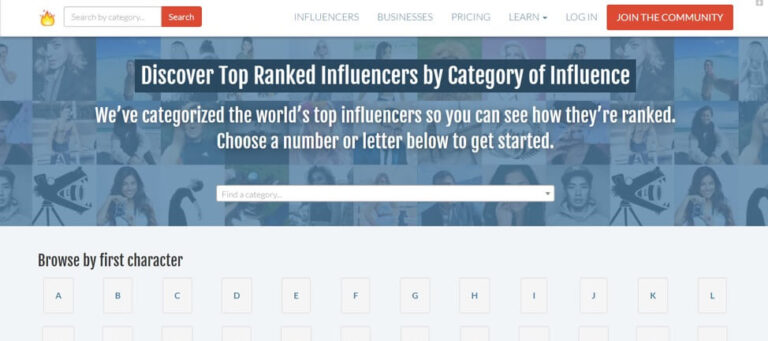
Marketing teams tend to be heavily focused on acquiring new customers. Here, recommendations like new arrivals or trending products can be particularly effective. In addition, recommendations based on referring source or campaign response can be useful acquisition tools. Ecommerce teams should look at the impact of recommendations on overall conversions, as well as marketing segments, and seek to understand CLV alongside conversion data. Although product recommendations are usually generated by AI or machine learning, merchandising teams should have the ability to override these rules to implement business rules and priorities. For example, when products are on promotion or to react to changes in stock for example. They should also be able to highlight certain products without significantly impacting eCommerce or marketing metrics. Finally, CRM managers can target existing customers and foster loyalty with recommendations based on past transactions.
When teams don’t collaborate, the customer experience can appear disjointed and clunky, and cause customers to turn to competitors for their shopping needs. But with effective collaboration across tactics, businesses can map out cross-channel, conversion-boosting customer journeys. Yet, simply suggesting reducing silos is easier said than done. Let’s look at product recommendations as an example of how teams can collaborate on a tactic to avoid missing opportunities.
Silos – the enemy of efficient ecommerce
Similarly, CRM and merchandising teams often work in silos, when in fact they would benefit from becoming more aligned. For example, it would be useful for merchandising teams to understand customer and product trends that the CRM team has access to – such as which products are frequently bought together. In contrast, the merchandising team has access to very granular product data, such as hem length on a skirt, or the shape of a collar on a shirt. Combining these data points across teams could drastically improve conversions by allowing more personalised experiences based on preferences.
However, despite the optimistic outlook for ecommerce, there are also significant challenges – competition is stiffer than ever before and customer loyalty at an all-time low. This makes connecting the dots between teams even more essential to be able to create an effective customer experience across channels that maximises conversions. Doing this efficiently comes down to following a few simple steps.
The goals and strategies of the marketing and the ecommerce teams, for example, can be conflicting. Ecommerce teams usually focus their attention on improving on-site conversion rates and the customer experience, whereas marketing teams tend to be more concerned with email, using onsite popovers to grow their subscriber list. These marketing tactics are often at odds with ecommerce, which is less concerned about database growth and might perceive these tactics as detracting from the onsite customer experience.
Collaborating across the customer journey
Customers expect a seamless, tailored experience that delights them at every turn and makes the purchase process easy. Research predicts that by the end of this year, customer experience will have overtaken price and product as the key brand differentiator. By collaborating across teams on personalised customer journeys, ecommerce businesses can enhance the customer experience and boost conversions.
Silos within businesses happen all too often. They can occur as a result of inefficient processes, fragmented tech stacks and a general lack of communication between teams. In many cases, certain tactics are closely guarded by one specific team, which is too engrossed in its tasks to spot opportunities for cross-team collaboration and efficiency gains.
Three steps to effective collaboration
- Think about who owns the tactics that different teams can benefit from and reach out to those teams to encourage knowledge sharing between departments, making sure all relevant teams are included.
- Create a customer journey template to coordinate the relevant tactics to ensure a seamless experience across the awareness, consideration, decision and loyalty stage.
- Review and if necessary, adapt your tech stack to ensure you have the right tools in place to collaborate effectively.
Effective collaboration across teams has never been more crucial. Ecommerce has skyrocketed this year as shop closures drove more consumers online. The new influx of online shoppers has presented an opportunity to convert an even larger pool of consumers into customers.
Ecommerce trends in 2021: What do the experts predict?






